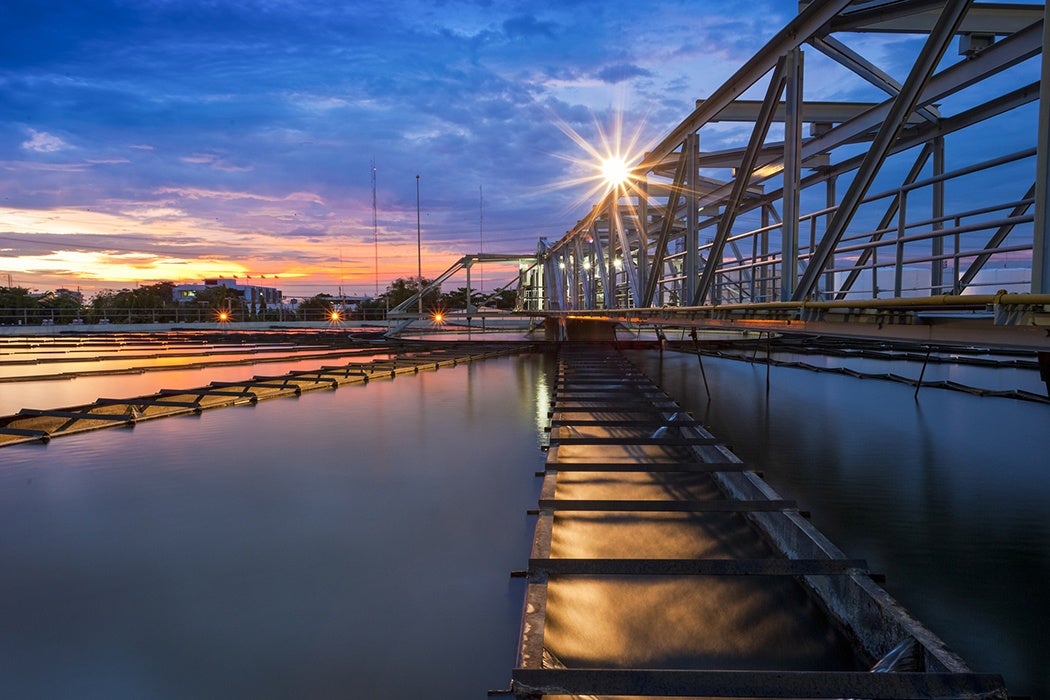Municipal water treatment just got easier, cheaper, and more efficient. A recently discovered bacteria cuts the number of steps required to remove nitrogen from wastewater in half. Bacteria are employed to remove a variety of contaminants from wastewater, a much cheaper method than prior chemical or mechanical processes. One of the most intriguing implications of the discovery, however, is the possibility to save energy. Most people don’t put a lot of thought into the sustainability of wastewater treatment, but it’s not a new problem.
By some estimates, water treatment facilities use up to 5% of total energy use in California. Electricity is required for almost every step in the water-treatment process. In addition to removal of hazardous chemicals, water must be treated for taste and to remove sediment. At various steps of the process, the water must be churned, filtered, sitting in different storage areas as it goes. Finally, disinfecting chemicals (typically chlorine in the U.S.) are pumped through.
All of this requires actively moving water around, with many different pumps and other mechanical processes. The volumes of water involved are astronomical, more than a billion gallons per day in a large system. The power requirements are huge enough that water treatment was an early target of conservation efforts during the 1970s energy crisis. At a time when more water treatment plants were being built, the goal was to build durable, energy-efficient plants.
Many of the initial suggestions were not unique to water treatment. Best practices called for minimizing the use of building materials, optimizing natural light, and using residential-grade insulation in industrial design. But sometimes the simplest ideas are the best: the authors recommend building plants as compactly as possible, minimizing the distance that the water needs to be transported, potentially generating huge savings.
More recently, advances in computing are used to help manage energy use. Electricity is one of the biggest expenses associated with treatment plants, so managers have every incentive to conserve. With advanced monitoring, plant managers are analyzing exactly how much energy is used by each step of the process, and when. It is hoped that such computer-assisted scrutiny will identify waste and opportunities for further conservation, as well as limit use during peak time to avoid peak prices charged by utilities.
The new bacteria can help save energy the old-fashioned way, just by shortening the process. Using one bacteria instead of two means that now treatment plants only need to maintain one set of conditions for bacteria, and water needs to be pumped across one less filter. The extra filter itself does not need to be built, and these filters are enormous, saving energy in fabrication.







